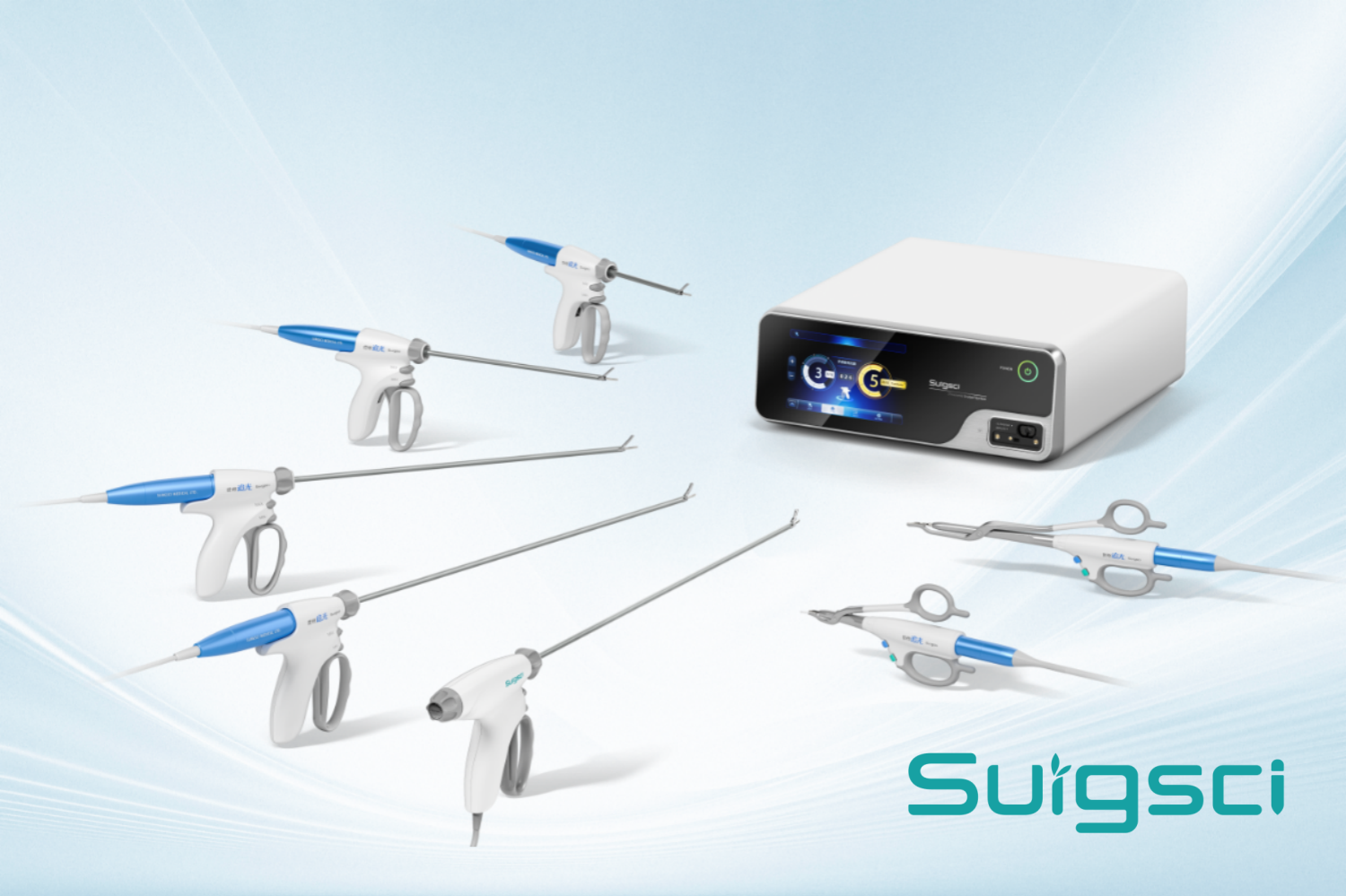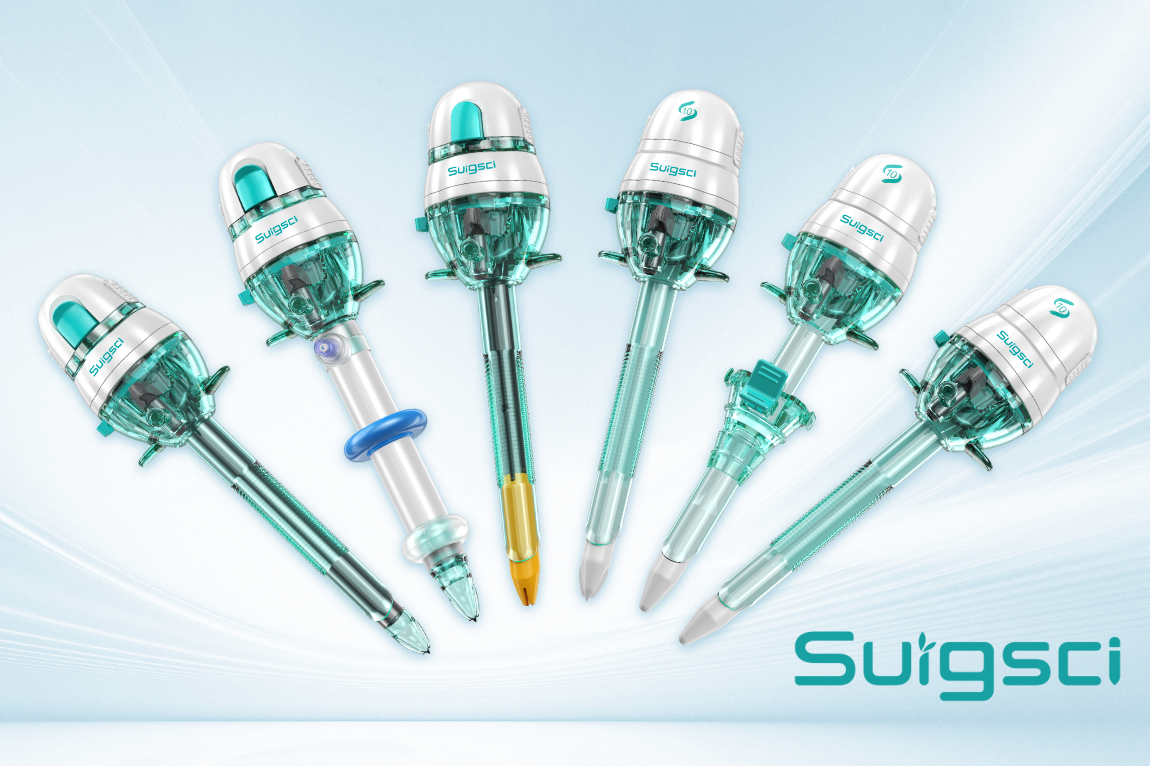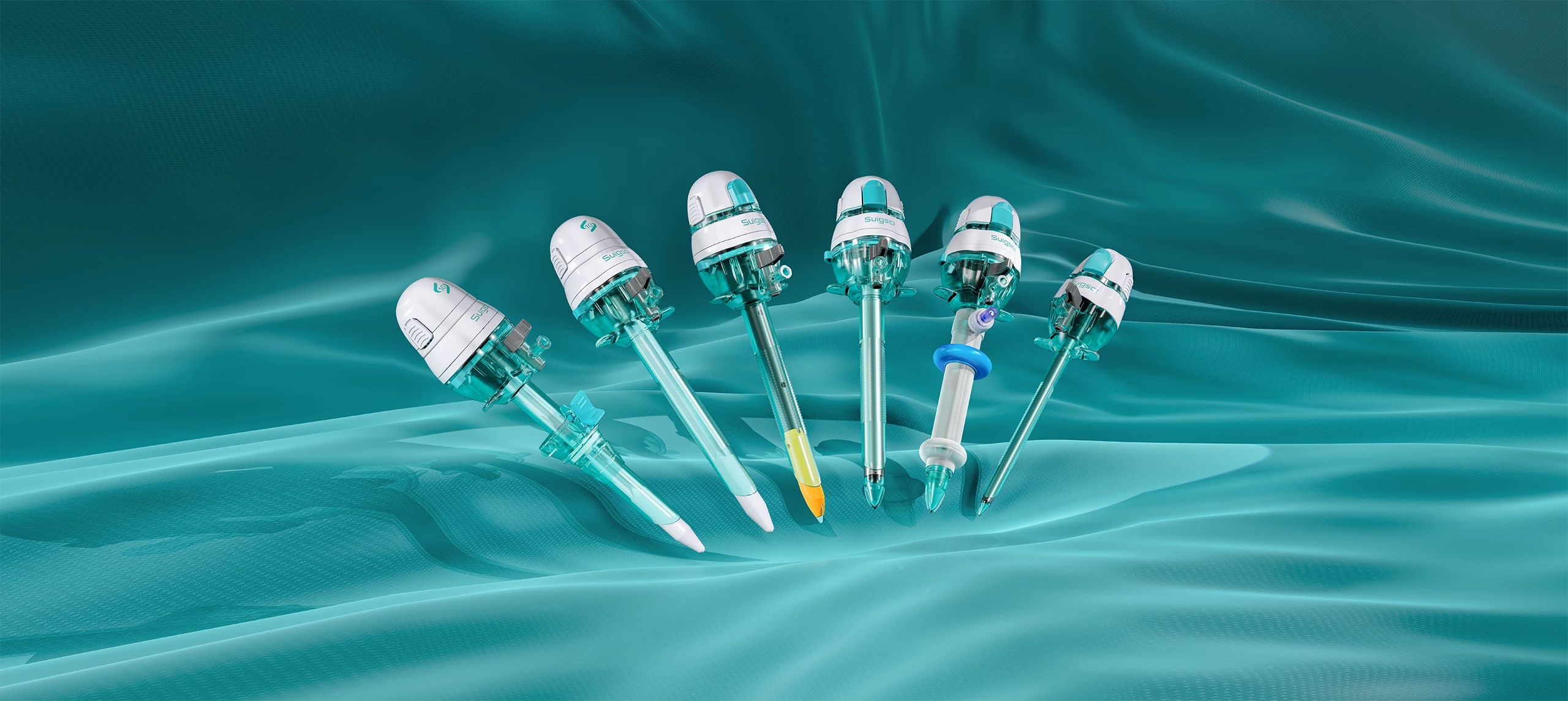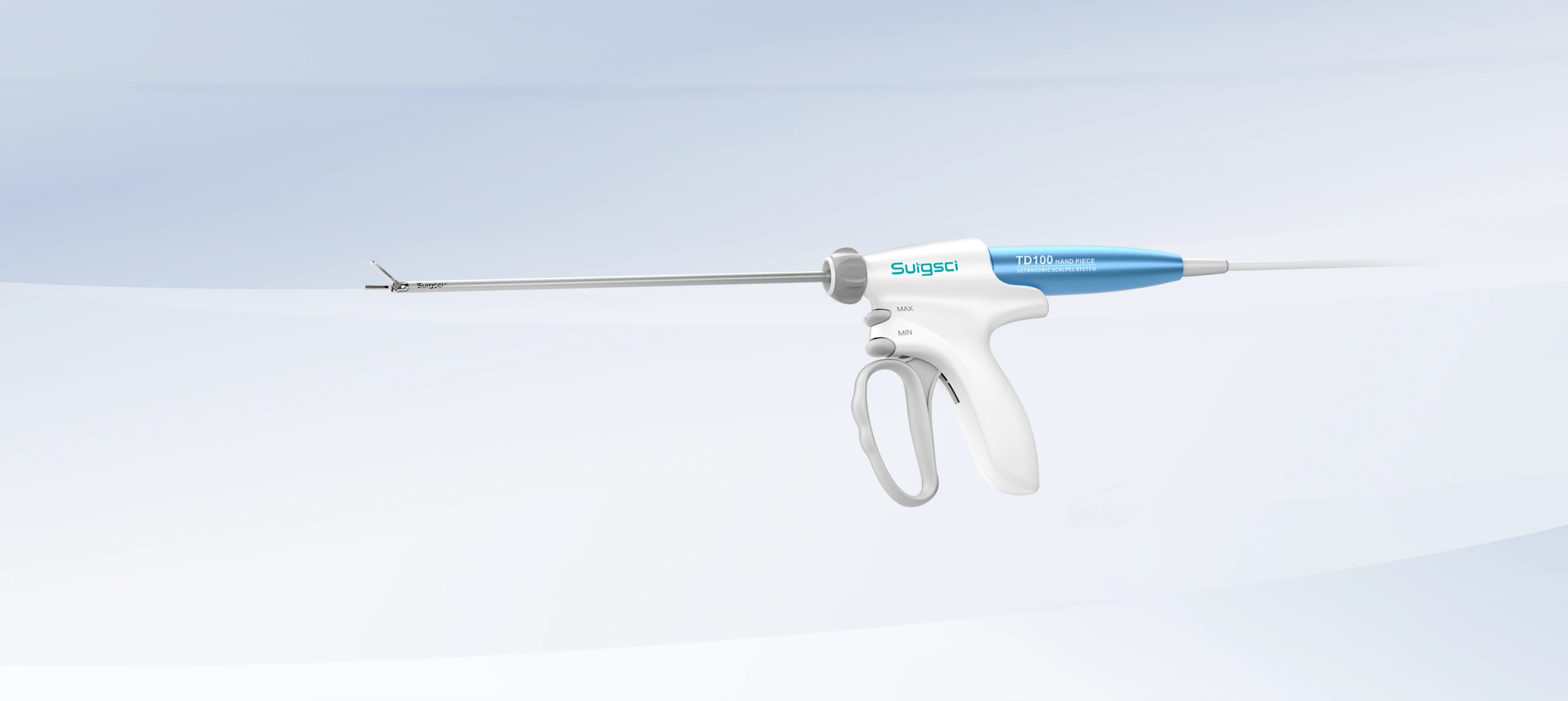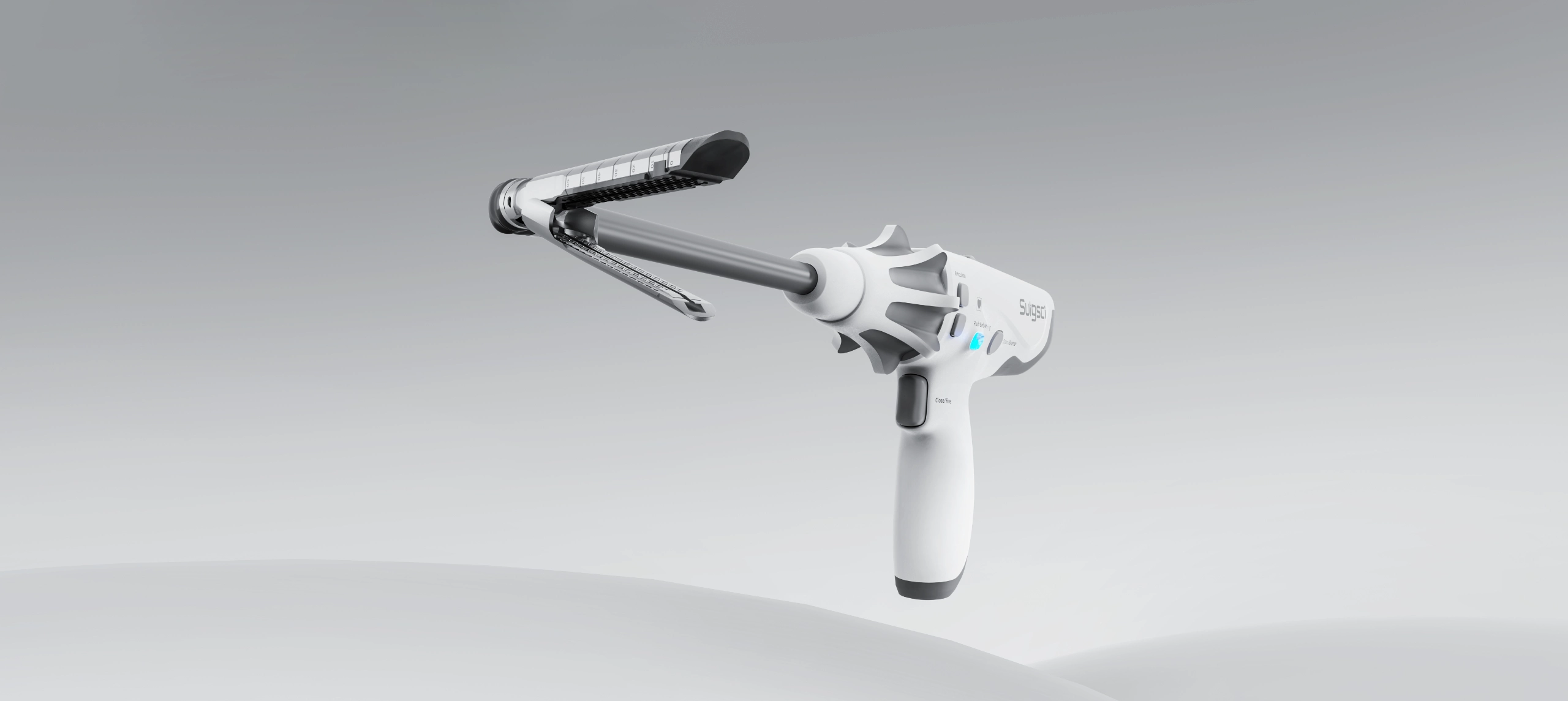What is it?
A disposable ureteral access sheath is a medical device used to facilitate the passage of instruments into the urinary tract during endoscopic procedures. It is specifically designed for single-use to minimize the risk of infection and ensure sterility for each patient.
Purpose and Usage
The primary purpose of the UAS is to provide a continuous and protected conduit for endoscopic instruments to access the ureter and kidney. It allows for easier and safer insertion of tools during procedures such as ureteroscopy and lithotripsy, which are commonly performed to diagnose and treat conditions like kidney stones.
Key Features
Sterile and Single-use: Being disposable, these sheaths eliminate the risk of cross-contamination between patients. Each sheath is used only once and then discarded, ensuring maximum sterility.
Flexible and Durable: Made from flexible materials, they can navigate the curves of the urinary tract without causing trauma. Their durability ensures they remain intact throughout the procedure.
Various Sizes: Available in multiple sizes to accommodate different patient anatomies and procedural requirements.
Ease of Insertion: Designed to reduce friction, these sheaths allow for smooth insertion and removal of endoscopic instruments.
Benefits
Reduced Trauma: The sheath protects the ureteral wall from damage caused by repeated instrument exchanges.
Enhanced Visualization: By providing a clear path for instruments, the UAS helps in maintaining a continuous flow of irrigation fluid, which improves visibility during procedures.
Infection Control: The single-use nature significantly reduces the risk of infection, as each sheath is sterile and discarded after one use.
Procedure Efficiency: Facilitates multiple instrument exchanges without the need to repeatedly dilate the ureter, thus shortening the procedure time.
Conclusion
Disposable ureteral access sheaths are essential tools in modern urology. Their single-use design ensures patient safety, reduces infection risks, and enhances procedural efficiency. By protecting the urinary tract and improving the ease of instrument passage, they play a crucial role in the successful diagnosis and treatment of urinary tract conditions.

